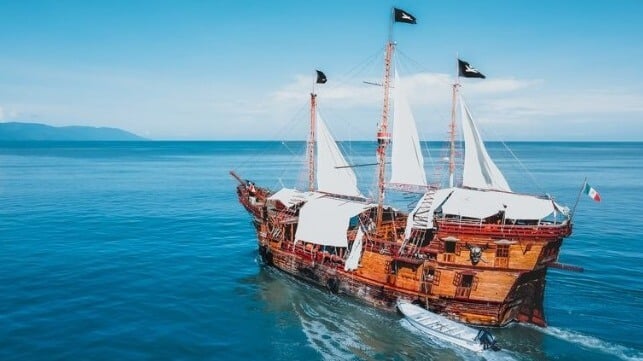Clarksons Research have released their latest Green Technology Tracker, including full year 2024 data points, charting the progress of alternative fuel uptake and investments in energy saving technologies across the global shipping fleet. Summarising the latest Tracker, Steve Gordon, Global Head of Clarksons Research, commented:“With overall newbuild order volumes reaching their highest level since 2007, alternative fuel has continued to play a prominent role representing 50% of all tonnage ordered in 2024.
Across 2024, we have reported 820 vessels ordered of 62.2m GT involving alternative fuel capability (727 orders of 52.1m GT excluding LNG Carriers), a record level of investment.
There has been a return to LNG dual fuel technology dominating (accounting for 70% of alternative fuelled tonnage ordered excluding LNG Carriers, up from 43% in 2023, with methanol declining to 14% share from 30%). Overall, we have reported orders for vessels capable of using either LNG (390 orders, 297 excluding LNG Carriers), methanol (118 orders), ammonia (25 orders), LPG (72 orders) or Hydrogen (12 orders).
Additionally orders involving “ready” status have increased to around a fifth of all orders (452 orders, 21% of tonnage ordered). Across the fuel types, ammonia and methanol have been prominent as alternative fuel “ready” choices (ammonia: 130 orders, methanol: 320).
Outside vessel segments that can utilise cargo (100% of LNG Carrier tonnage ordered in 2024 was LNG dual fuel capable, VLGC/VLAC/VLEC: 90% LPG/ethane/ammonia dual fuel), the 12,000+ TEU Containership segment (71% LNG, 17% methanol) and Car Carriers (78% LNG, 21% methanol) had the highest levels of alternative fuel order adoption in 2024. Meanwhile, the lowest share of alternative fuel uptake in 2024 came in sectors such as Ultramaxes (4%), Handysize (4%) and MR Tankers (1%).
With the confirmed orderbook (~50% of orderbook tonnage is today alternative fuelled) and projected investment in the coming years, we forecast that over a fifth of all fleet capacity will be alternative fuel capable by 2030 (2017: 2% of fleet capacity “on the water”, 2024: 8%, 2030(f): >20%).
Investments in port infrastructure and the availability of “green” fuels continue to lag, with our Green Technology Tracker detailing 276 ports with LNG bunkering and 275 ports with shore power connection in place or planned but only 35 ports with methanol bunkering available and planned.
We now estimate that shipping’s global GHG emissions will have increased by ~4% y-o-y in 2024 to over 1 billion tonnes of CO2e on a WTW basis and have moved above pre Covid-19 levels, with a higher proportion of time being spent at sea (amid Red Sea re-routing), some increases in speed (especially in the container market, albeit we project the underlying long term trend for declining speed will continue) and trade growth offsetting the growing share of alternative fuelled vessels, “eco” ships and tonnage with ESTs.”
Source: Clarksons Research









